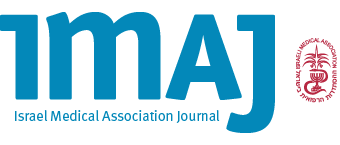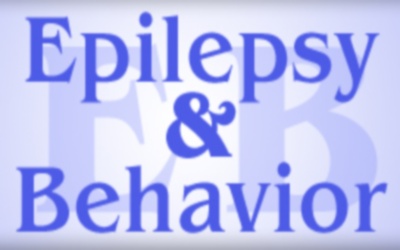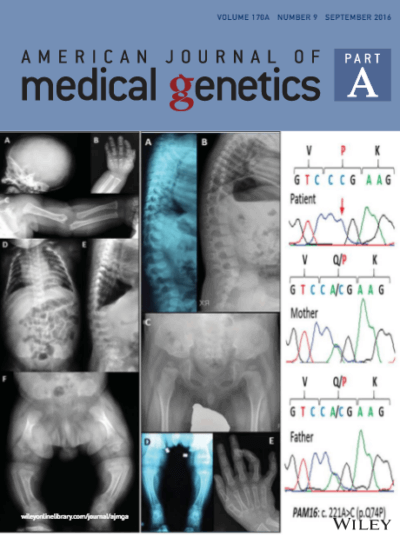
“Some epileptic syndromes are characterised by seizures that are difficult to control and are associated to delayed neuropsychomotor development, which results in a deterioration in the patient’s quality of life as well as in that of his or her family.
AIM:
To evaluate the use of cannabidiol as adjuvant therapy in patients with refractory epilepsies.
PATIENTS AND METHODS:
An observational study was conducted by means of a survey addressed to the patient’s caregiver. Data collected included information about the patient and the caregiver, changes observed in the seizures, neuropsychological effects, side effects and the family’s overall perception following the use of cannabidiol.
RESULTS:
The evaluation examined 15 patients with refractory epilepsies, who received cannabidiol over a period ranging from one month to one year. The frequency of seizures decreased in 40% of the patients, 60% of the patients were seen to have control over 50% of their seizures and in 27% of them the seizures disappeared completely. Neurocognitive changes were also reported: behaviour improved in 73%; 60% reported an improvement in language; in 50% sleep improved; 43% reported improvements in eating habits; and 100% said their mood had improved. The overall perception of the illness was that there had been improvements in 73% of respondents. The most common side effects were drowsiness and fatigue.
CONCLUSIONS:
These results suggest a possible beneficial effect of cannabidiol on the control of seizures and on the improvement of certain neurocognitive aspects in patients with refractory epilepsies.”

1528-1167/asset/olalertbanner.jpg?v=1&s=2d5c377993219661ca15043951a313ee53c55724)

/cdn.vox-cdn.com/uploads/chorus_image/image/54932609/2928600995_24caa84411_o.0.0.jpg)





